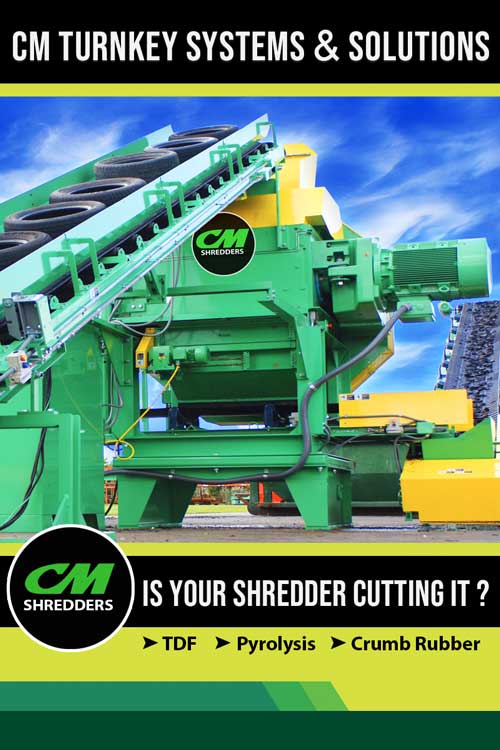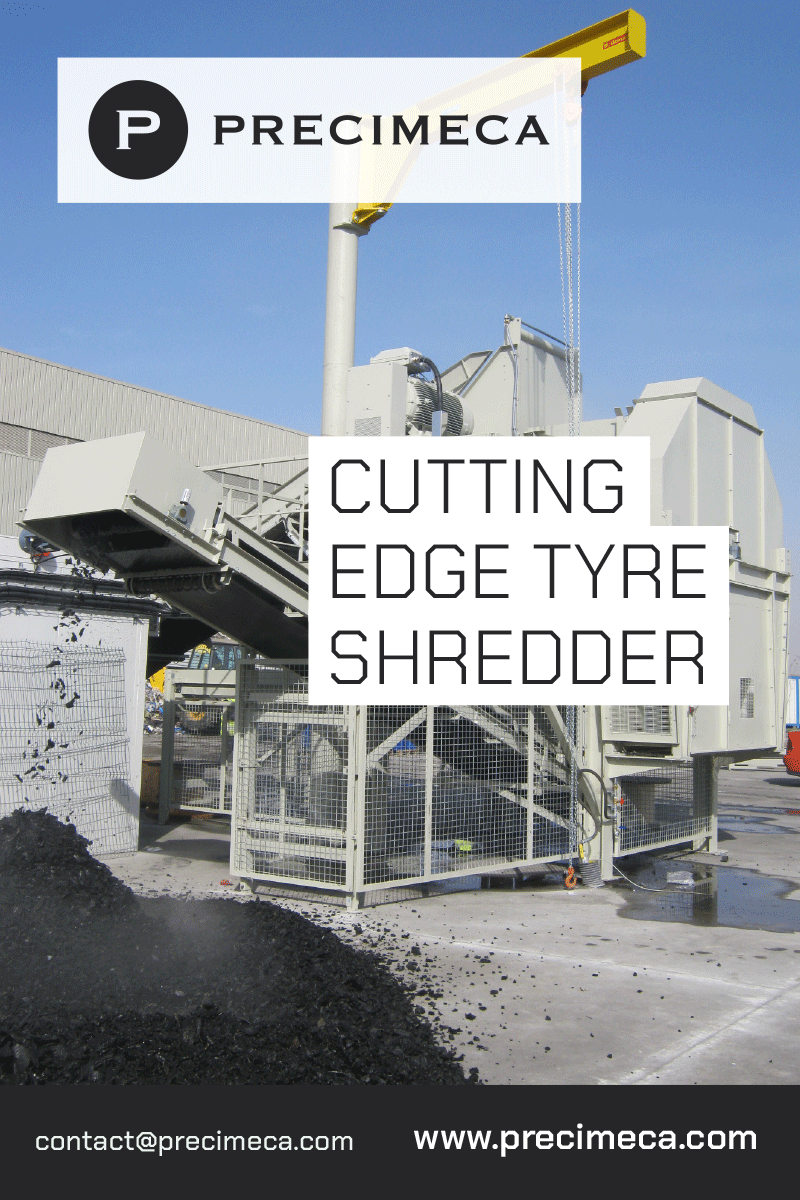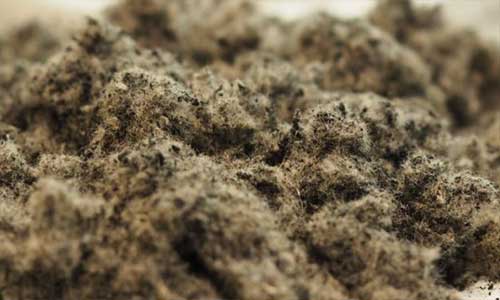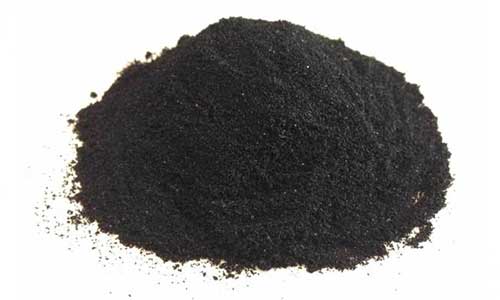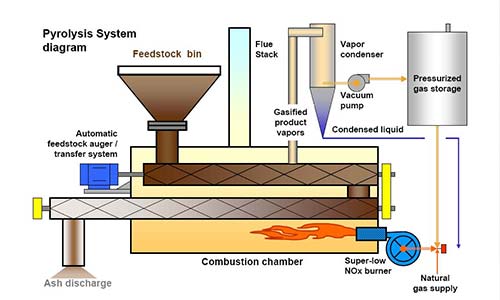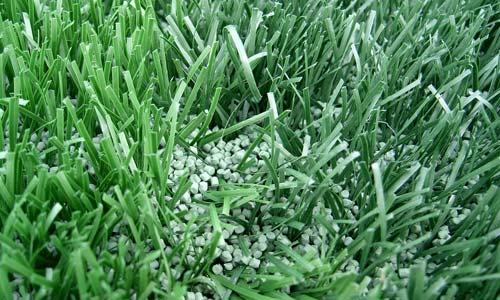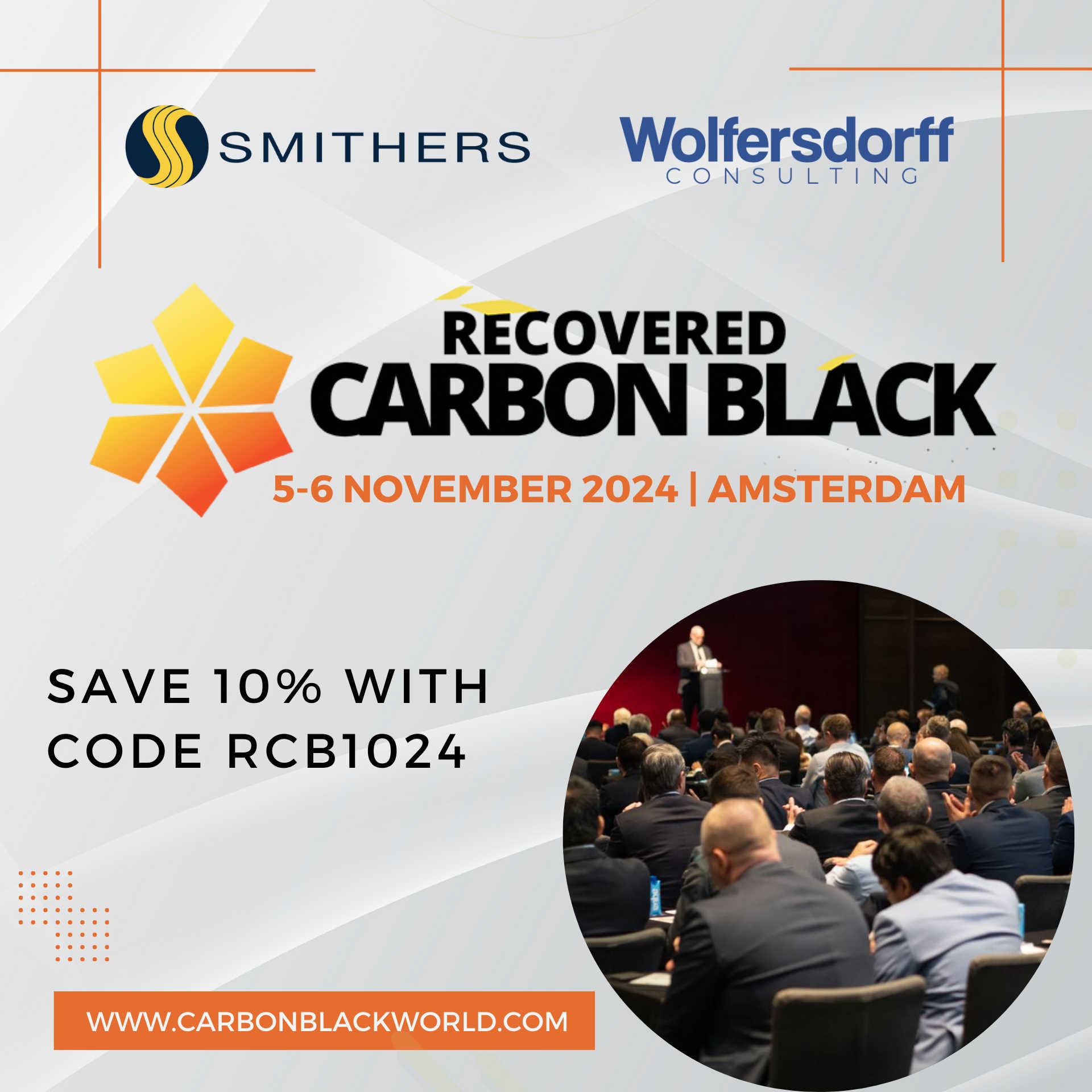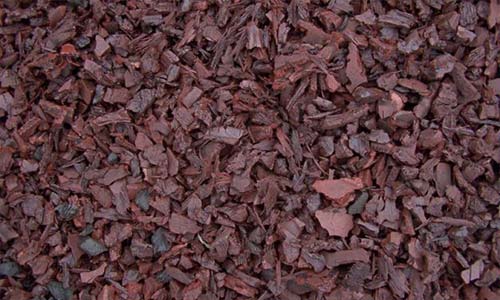
Weibold Academy: applications of rubber mulch from recycled tires
When we talk about products derived from tire recycling, we often imply crumb rubber or fine rubber powder. The former is the most common material, while the latter – one of the most expensive products of tire recycling. Yet there is another alternative, cheaper in value, but having promising market opportunities – tire-derived rubber mulch. Rubber mulch from scrap tires is produced in the initial stages of recycling process when input material is shredded several times and separated from steel wires. This yields a thin product of homogenous size, approximately 50 mm long which can be vastly used in landscaping. Below, we describe several ways of how tire-derived rubber mulch can be used.

